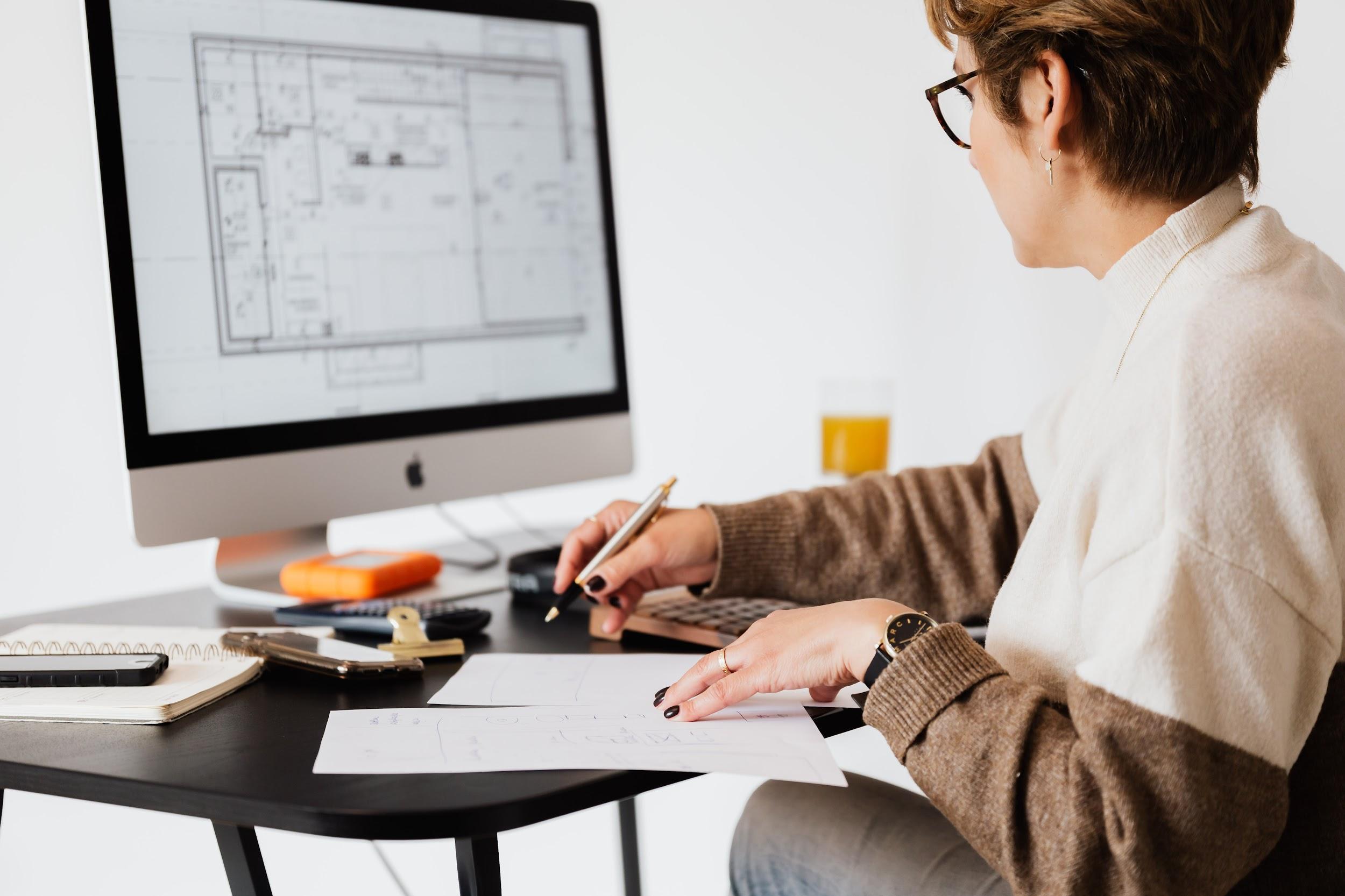The Intersection of Innovation and Sustainability in Architecture and Building Design
In today's rapidly changing world, architecture and building design are no longer just about functionality and aesthetics. They must also prioritize sustainability, incorporating energy-efficient materials, smart technologies, and sustainable practices.

Here are five key areas where innovation and sustainability intersect in architecture and building design:
Energy Efficiency:
Sustainable buildings incorporate energy-efficient features such as solar panels, geothermal systems, and high-performance insulation. These features reduce the building's carbon footprint and energy consumption, while also lowering operating costs.
Smart Technologies:
Smart technologies such as building automation systems, occupancy sensors, and smart lighting improve building efficiency and occupant comfort. They can automatically adjust the temperature, lighting, and ventilation to optimize energy consumption and reduce waste.
Biophilic Design:
Biophilic design prioritizes the connection between people and nature, incorporating natural elements such as green spaces, natural light, and water features. These elements improve occupant well-being, reduce stress, and promote productivity.
Material Innovation:
Sustainable building materials such as bamboo, recycled steel, and cross-laminated timber offer a low-carbon alternative to traditional building materials. These materials are renewable, recyclable, and have a lower environmental impact than traditional materials.
Virtual Reality and 3D Printing:
Virtual reality and 3D printing are revolutionizing the way architects and designers approach building design. Virtual reality allows designers to create immersive experiences that help clients visualize the final product before construction begins. 3D printing enables architects to create complex and intricate designs with precision and efficiency
Net-zero buildings:
Net-zero buildings are designed to generate as much energy as they consume, achieving a balance between energy usage and production These structures are becoming increasingly popular in the pursuit of sustainable architecture
Water conservation:
Designers are implementing water-saving strategies such as rainwater harvesting, gray water systems, and low-flow fixtures to reduce water usage and promote conservation
Conclusion
The intersection of innovation and sustainability in architecture and building design is essential for creating a better future for ourselves and the planet. By incorporating energy-efficient features, smart technologies, biophilic design, sustainable materials, and leveraging emerging technologies like virtual reality and 3D printing, architects and designers can create sustainable and innovative buildings that prioritize functionality, aesthetics, and sustainability
